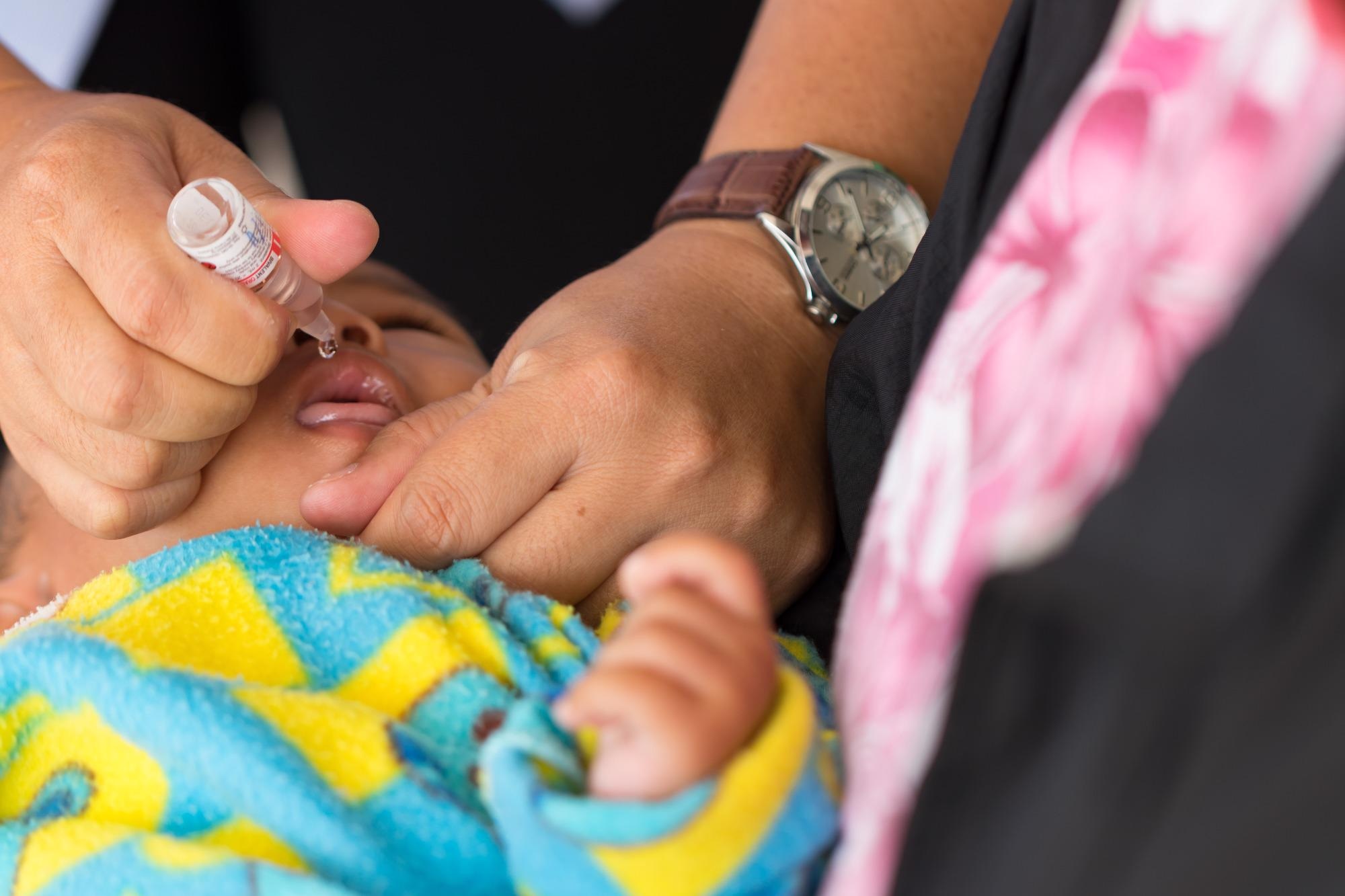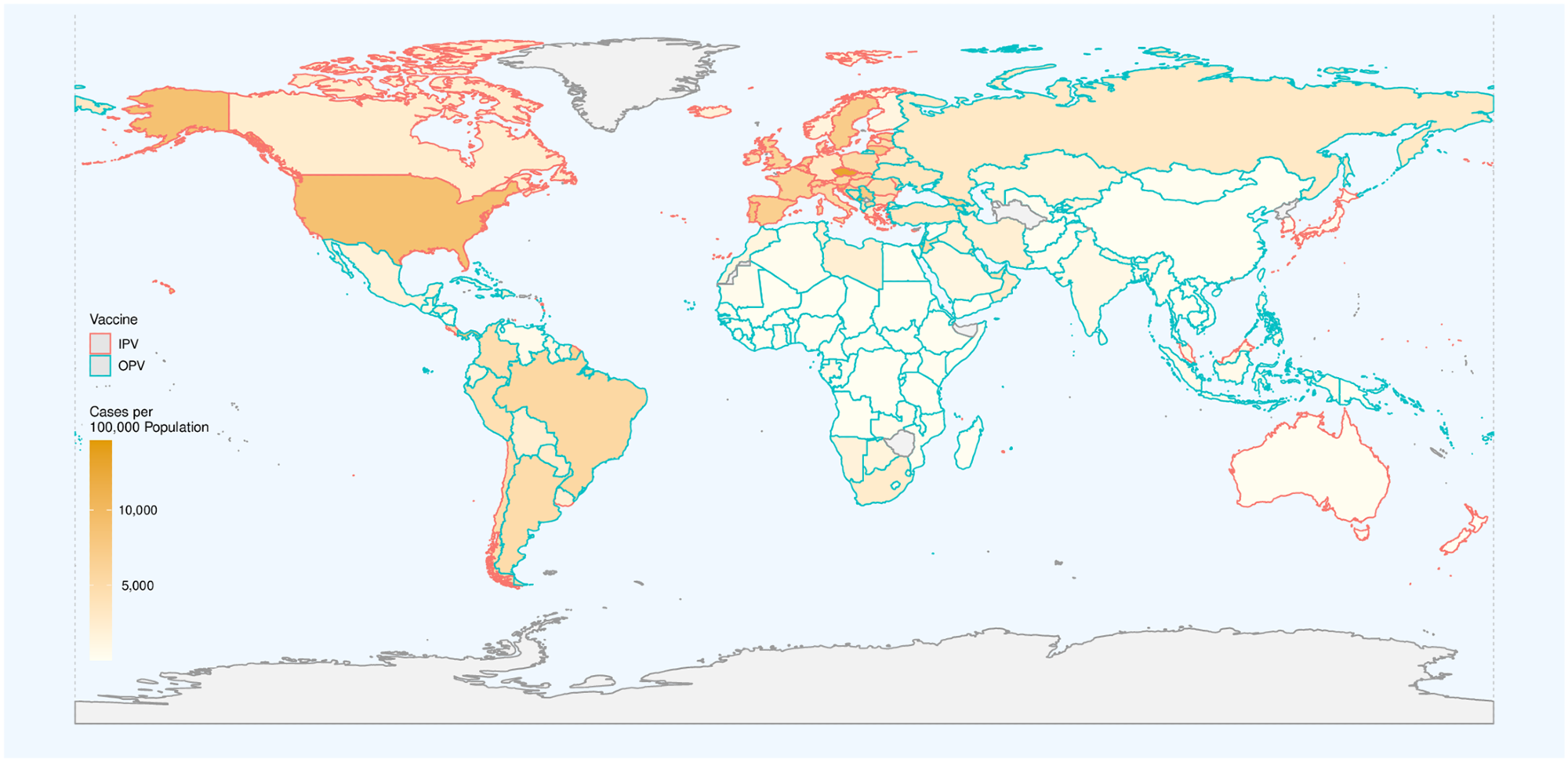A study published in the journal PLOS ONE showed how countries using oral polio vaccine have a lower incidence of coronavirus disease (COVID-19) when compared to those using inactivated polio vaccine – suggesting that the oral vaccine may either prevent the infection with the severe acute respiratory syndrome coronavirus 2 (SARS-CoV-2) at the individual level or slow down the transmission in the community.

Study: Use of oral polio vaccine and the incidence of COVID-19 in the world. Image Credit: frank60 / Shutterstock
Even though vaccines against SARS-CoV-2, a causative agent of the ongoing COVID-19 pandemic, is our current best weapon, currently there are limitations in producing and distributing these specific vaccines in many resource-limited settings
However, studies have shown that other vaccines which are already pervasive can also offer a degree of protection against SARS-CoV-2. More specifically, vaccines that use a live, but attenuated pathogen can stimulate the innate immune system and bestow at least temporary protection against many other different viruses.
Some examples of such vaccines are Bacillus Calmette-Guérin (BCG) against tuberculosis, and even oral vaccines against poliomyelitis, a disabling and potentially deadly disease that affects children. Previous studies have shown this vaccine can have a protective effect against influenza by reducing deaths four-fold, without any notable side effects.
Is the same valid for COVID-19? A research group coordinated by an eminent US researcher Dr. Robert Charles Gallo, hypothesized that countries using oral polio vaccine have a lower cumulative number of COVID-19 cases per 100,000 population in comparison to those using only inactivated polio vaccine.
 The distribution of COVID-19 incidence rate in each country. The fill color reflects the cumulative number of cases diagnosed with the disease per 100,000 population. The countries’ border color shows the type of polio vaccine used in each country. Complete data were not available for gray areas. Made with Natural Earth (https://www.naturalearthdata.com/).
The distribution of COVID-19 incidence rate in each country. The fill color reflects the cumulative number of cases diagnosed with the disease per 100,000 population. The countries’ border color shows the type of polio vaccine used in each country. Complete data were not available for gray areas. Made with Natural Earth (https://www.naturalearthdata.com/).
A multipronged methodological approach
This was an ecological study based on the cumulative number of COVID-19 cases in each country, the country population (alongside population density), the median age of inhabitants in the country and the life expectancy at birth.
The researchers also took into account the human development index (HDI), gross domestic product (GDP) per capita – and the type of vaccine against poliomyelitis used in each country. Although the number of COVID-19 tests performed daily in each country would be a better metric than HDI, the authors noted that this information was unattainable in many countries.
Furthermore, a stringency index has also been obtained, which is a composite metric that indicates how strict lockdown measures and restrictions in each country were. Accordingly, the mean value for each country has been used for analysis purposes.
Finally, the data regarding the type of polio vaccine in every country has been provided by the World Health Organization Global Polio Eradication Initiative (WHO GPEI). At the same time, world maps were generated with the help of the Natural Earth public domain dataset.
Lower rates of COVID-19 in countries with oral polio vaccine
In short, the use of the oral polio vaccine by a specific country was shown to be an independent predictor for a lower rate of diagnosed/reported COVID-19 cases per 100,000 population. Although this does not prove a causal relationship, the effects were somewhat significant.
More specifically, the pooled estimated mean was 4970 cases per 100,000 population in countries using inactivated polio vaccine, compared to the pooled mean of 1580 cases for those using oral polio vaccine.
Although the effects of lockdowns and travel bans are hard to account for due to changes in policies over time, the mean stringency index did not differ significantly between countries using oral polio vaccines and inactivated polio vaccines. The same was valid for population density.
Setting agenda for further research and policy
This study suggests that the oral polio vaccine may either prevent the infection with SARS-CoV-2 on an individual level or basically impede viral transmission (and subsequent disease development) at the community level.
“An important consideration is whether the use of oral polio vaccine against COVID-19 is a viable option, because many countries have stopped its use due to its ability to cause rare but serious vaccine-associated paralytic polio cases and trigger the generation of circulating vaccine-derived polioviruses”, caution study authors.
“Therefore, reintroduction of oral polio vaccine into such countries should be considered very carefully, and before this is done, direct clinical evidence of its effectiveness (and for this matter, other live vaccines) must be generated”, they add in this PLOS ONE paper.
Nonetheless, the possibility of utilizing either traditional or new oral polio vaccines in order to mitigate COVID-19 is tantalizing, and this could open the door for creating a novel class of broadly specific vaccines, along traditional antigen-specific ones we already have.